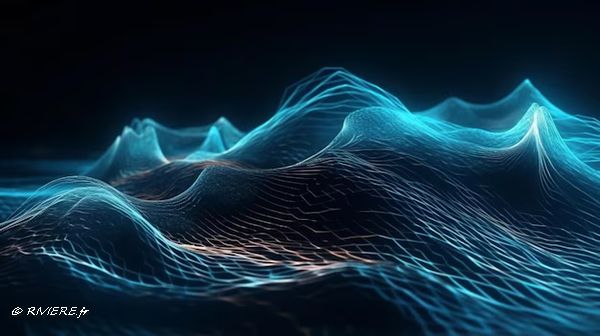| From laser sources to applications |
|---|
ONERA | 2010 | 8'33" Light scattering due to angular reflectance is one of the most commonly measured and modeled optical phenomena, relevant in fields ranging from materials science and medical imaging to 3D computer graphics and animation. Analytical methods that make use of the phenomenon include remote sensing, target detection, and radiance signature evaluation for passive or active sensors. Modeling reflectance phenomena requires the formulation of a hyperspectral polarized BRDF (bidirectional reflectance distribution function) and an understanding of its importance in surface optical phenomena. The BRDF quantifies how light is angularly and spectrally reflected by a material illuminated from different directions. It is a unique optical signature of a material and one of the crucial functions needed to model radiative transfer, laser imaging, medical imaging, and remote sensors. Recent innovations in Supercontinuum or white laser sources provide a very useful tool to probe materials physical and optical properties. ONERA, The French Aerospace Lab, has developed a fast, in-line and comprehensive optical characterization method. From the combination of hyperspectral, polarized and angular measurements, physical properties of dense materials are to be retrieved. Discover MELOPEE LAB in this video... |


